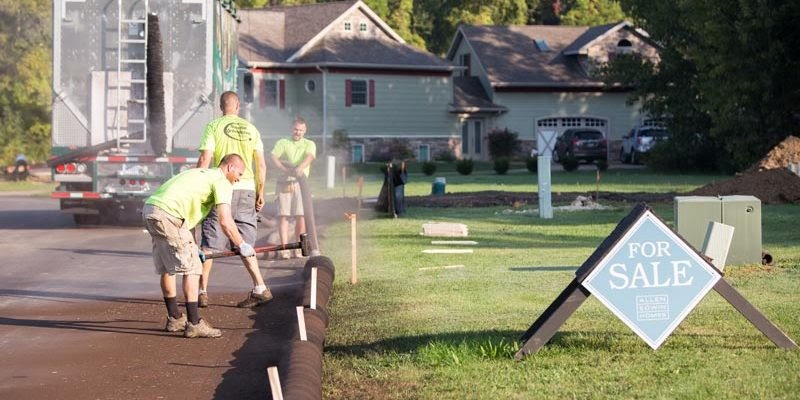The foundation of your home is the most crucial part. It’s what keeps your house standing tall and strong against the elements. That’s why it’s essential to ensure that your foundation is in good condition.
However, even a well-built home foundation can be susceptible to soil erosion. And this happens when the soil around your foundation starts to wash away. It can happen for various reasons, but heavy rains and flooding most commonly cause it.
While you can’t control the weather, there are some things you can do to help prevent soil erosion around your foundation. Here are five:
Install A French Drain
If you live in an area with high rainfall or your home is located on a slope, you may be at risk for soil erosion. Soil erosion can cause severe damage to your foundation and lead to expensive repairs. But there are ways to prevent soil erosion, and one of the best ways is to install a french drain system.
A french drain system consists of a perforated pipe installed around the perimeter of your home. The pipe collects water that would otherwise pool around your foundation and cause erosion. The water is then diverted away from your home and into a drainage field where it can safely seep into the ground.
Installing a french drain system is not a do-it-yourself project, so you will need to hire a contractor who has experience in this type of work. Also, while it can be expensive upfront, a french drain system can save you a lot of money in the long run by preventing soil erosion and protecting your foundation.
Soil Nailing
Soil nailing refers to the construction technique that involves drilling into the slope and inserting steel reinforcing bars, or nails, into the drilled holes. This technique is used to prevent soil erosion and stabilize slopes. Soil nailing can be used on both natural and artificial slopes, and it is an effective way to improve the stability of a slope without having to excavate the entire slope or build a retaining wall.
Several benefits of soil nailing include its cost-effectiveness, ease of installation, and flexibility. Ensure to work with a reputable erosion control company to take advantage of all the benefits soil nailing offers.
Add Downspouts And Gutters
Adding downspouts and gutters to your roof’s drainage system can help protect your home from water damage. These simple additions can go a long way in keeping your home in tip-top shape.
Downspouts and gutters catch rainwater as it falls off your roof and directs it away from your home’s foundation. As a result, it helps prevent water damage to your home’s structure and soil erosion.
Ensure to set downspouts a few feet away from your home’s foundation to prevent further water damage. And regularly cleaning your gutters and downspouts can help keep them functioning correctly.
If you live in an area with many trees, be sure to clean your gutters more often, as leaves and other debris can clog them up. Doing so can help to extend the life of your gutters and downspouts.

Fix The Foundation Grading
Repairing the slope around your home’s foundation is another way to prevent soil erosion. Experts recommend 3%-5% as a safe slope for the soil around the foundation.
Why? A steeper slope can cause water to pool near the foundation and eventually work its way into your basement. A shallower slope may not provide enough runoff during heavy rain, leading to water seeping into your home.
There are plenty of ways to fix the foundation grading around your home. One way is to use landscaping timbers to create a border for the new soil. You can also use pavers, stones, or other materials to make a lovely decorative border that will also help with erosion control.
Just make sure that whatever you use for your border is appropriately secured and will not wash away during heavy rain.
Plant Trees And Small Shrubs Around Your Foundation
You can also use plants to help prevent soil erosion. Certain plants have deep roots that help hold the soil in place. For example, grasses are good for preventing soil erosion because they have shallow, fibrous roots. They grow and spread quickly, which helps hold the soil in place.
When planting trees, ensure they’re not close enough to your home that their roots could damage your foundation. Instead, plant them at least 20 feet away from your house. The roots of trees grow deep and wide, making them ideal for holding soil in place and preventing erosion.
Shrubs also have deep roots that help to stabilize the soil. They’re often used in landscaping to help control soil erosion. When choosing shrubs for your landscape, look for ones native to your area. They’ll be better equipped to handle the local climate and soil conditions.
Takeaway
Soil erosion around your home’s foundation is a massive problem for any homeowner. It can cause all sorts of problems, from foundation cracks to leaks. And if you live in an area with a lot of rainfall, the problem can be even worse. Fortunately, you can do a few things to prevent soil erosion around your home’s foundation, from planting trees to installing a French drain.






